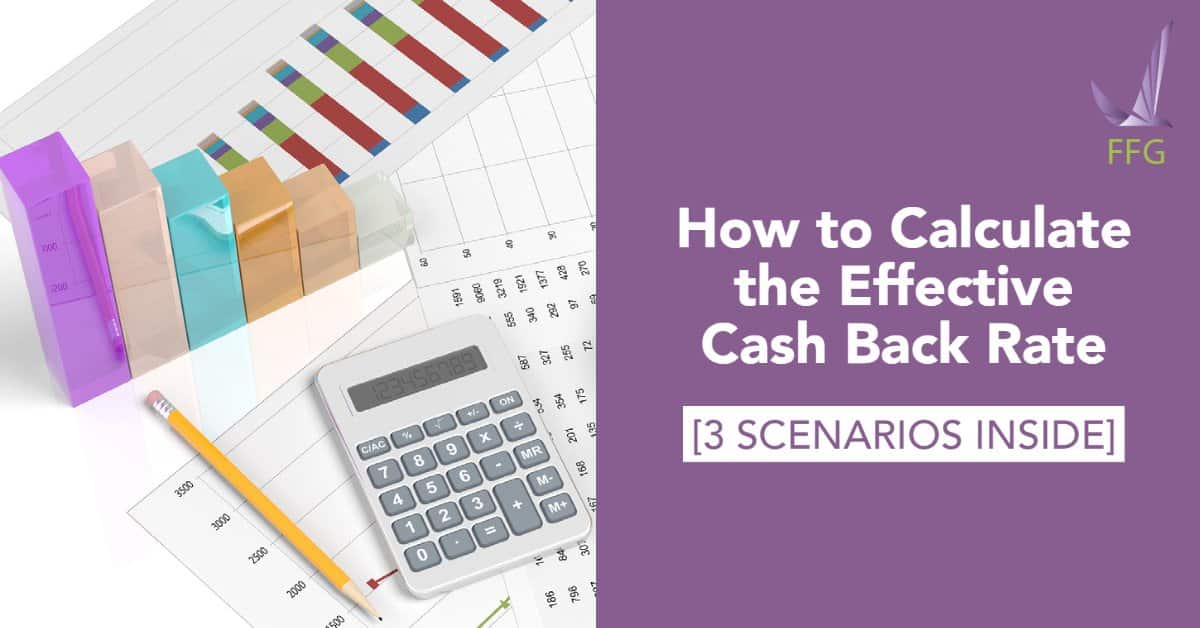Travel Rewards Credit Cards With an Annual Fee: When Are They Worth the Cost?

It’s easy to rationalize owning a travel rewards credit card with an annual fee. Travel rewards cards are loaded with the best benefits in the credit card industry. Frequent travelers know the difference these perks make on their experience and bottom line.
However, travel rewards cards are not appropriate for everyone. They have the highest annual fees in the industry and are best for customers with good to excellent credit scores. Customers who pay off their balances each month experience the most benefits.
If you’re interested in a travel rewards card, look at the annual fees objectively to decide if it’s worth paying.
Table of Contents
When a Travel Rewards Credit Card Is Worth Paying an Annual Fee
This happens when the conditions listed below are met. Remember, you want to ensure that you are getting the maximum benefit from this expense.
Rewards program and redemption options
The rewards program and redemption options suit your needs and expenses
Choose a card with a program matching your habits. Do you usually fly with a specific airline, or shop at stores affiliated with the airline? Can you afford the minimum threshold to earn the sign-up bonus?
If you planned to redeem your rewards for free travel anyway, get a travel rewards card. Make sure you will spend according to the preferred categories of the card. Ensure the credit card allows you to redeem the benefits how you want them. Investigate if you can exchange airline miles for flights, and at what rate. If you must meet mileage tiers for a free flight, ensure you can comfortably meet the first tier.
Pay attention to the rewards program and note any changes that may occur. This may cause your rewards to become less valuable, making the annual fee less attractive.
How to Make the Right Choice
You’re only paying for the benefits that you use
The annual fee isn’t worth it if you’re paying for a significant number of rewards but just using a few.
For example:
- The American Express Platinum card offers Uber rides, credit for Global Entry, and access to The Global Lounge Collection. If you have no passport (and don’t have plans to get one soon), most of these rewards aren’t applicable. You’re effectively paying $550 a year for $180 of Uber rides, which you can use up to $15/month.
Instead, consider getting a card which has fewer benefits that are focused on the ones you will utilize. Be aware that an annual fee can diminish a bonus. - The Capital One® VentureOne® and the Bank of America® Travel Rewards credit cards offer different programs to the platinum card. Neither has an annual fee.
The card has a great sign-up bonus
Most travel rewards cards offer a bonus if you spend a certain amount within 3 months of getting the card. This bonus is free money equivalent of hundreds of dollars. The less exclusive cards offer enough points to qualify for a domestic round-trip flight in economy. High caliber cards can upgrade the seat to business class, or offer an international flight.
If you do decide to pursue a travel rewards card, make sure that you can earn the sign-up bonus. If you can’t earn the bonus, you aren’t getting the most use out of your card.
Rewards credit cards with exclusive offer
The card has substantial travel credits and exclusive promotions and discounts that you regularly use:
Some cards offset the sting of the high fee with credits you can put towards travel. For example:
The Altitude Reserve Card from U.S. Bank gives customers a $325 travel credit. Customers can use it on flights, hotels, cruises, car rentals, taxis, trains, and many more.
High annual fees also offer valuable exclusive promotions and discounts.
Many airlines give first preference to their travel rewards credit card holders when looking to upgrade to business or first class.
Rewards credit card without foreign transaction fees
You don’t want to pay for foreign transaction fees!
At 3% per transaction, foreign transaction fees add up quickly. If you travel internationally, having a no foreign transaction fee card saves you money.
If there is a card you like with an annual fee, see if the issuer has a no-fee version. For example:
- American Express has the Blue Cash Preferred for $95, and the Blue Cash Everyday Card with no fee.
- The Preferred card has more perks and higher cash back than the Everyday card.
To see which one fits you better, look at your spending and redemption habits and the terms of the rewards program.
Make a Wise Choice
A travel rewards credit card with an annual fee is an investment. It’s natural to want to be sure the annual fee is worth the cost. If the card and rewards program meet the reasons listed above, the annual fee is justified. If not, then look at some lower or no fee credit card alternatives.





